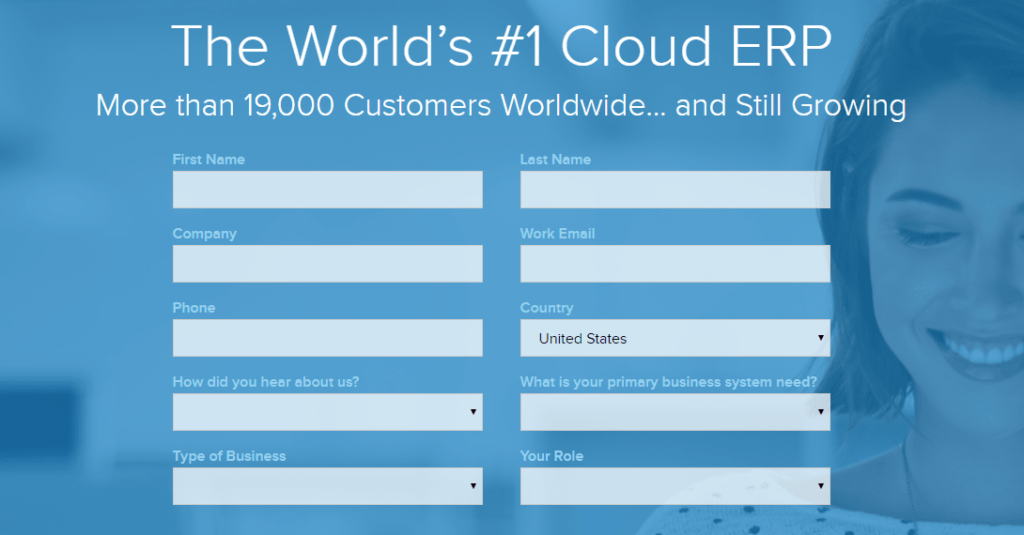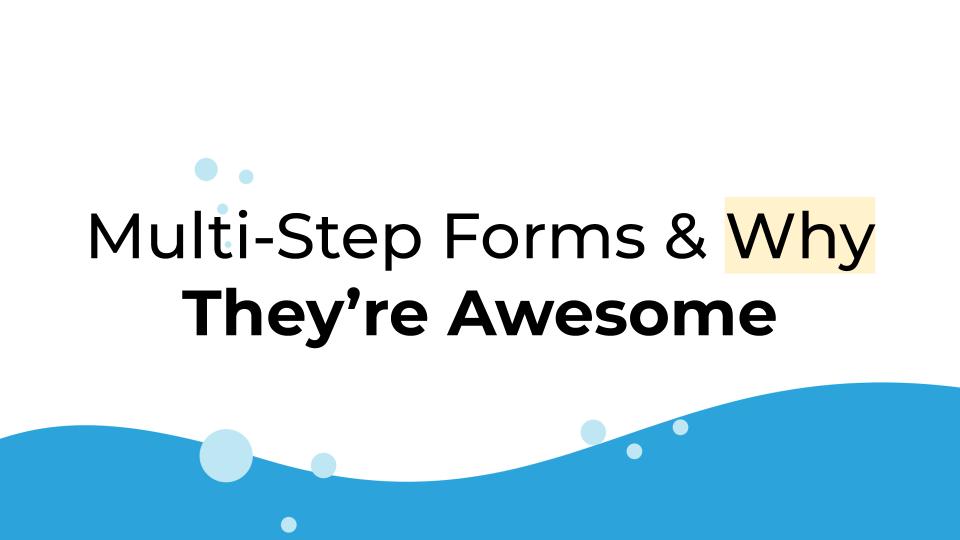
As to WHY you need to use multi-step forms… by allowing visitors to complete their information in smaller chunks, you create a positive user experience and increase conversions.
This post is going to explain more about why you should be using multi-step forms and why they’re more effective than basic long forms.
#1 – Use Low Friction Questions First
The advantage of multi-step forms is that you can start your form with a low-friction question that engages with your visitors.
We typically recommend that you start a multi-step process with a question such as “What is your goal?”. Not only is it a question of low friction, but it also puts your potential leads in the frame of mind where they think about the benefit of your product/service.
#2 – Reduce Psychological Friction Without Overwhelming Visitors
Once visitors see a long-form on a landing page, they are likely to feel psychological friction. Take a look at the form we had at the start of this post and notice how much of a chore it is to fill out that whole form.
A multi-step form combats this problem by splitting up the form into stages, presenting the questions individually, so they don’t have to submit all their details at once.
Doing this helps to ease the mind of visitors so that they don’t feel so overwhelmed once they land on your landing page. In addition, it just looks a lot better when all of the questions are presented in this broken down format.
#3 – Determine How Committed a Visitor is to Your Offer
By filling out a multi-step form, you will determine the level of engagement of a visitor.
Only a visitor who is highly committed to your offer will be willing to complete all of the steps. In turn, this means you’ll get more qualified leads (quality over quantity).
You can also use these multi-step forms to track visitors who didn’t qualify. Find out how many questions they answered, how far they got into the form before leaving, and use this data to overall improve your approach to creating forms.
Bonus Point: Kick in the Endowed Progress Effect & Show Progress
The endowed progress effect is a cognitive bias where people become more committed to achieving a goal when they feel they have made progress toward it.
When users see they are progressing toward the next step, they are more likely to complete the entire form and convert through the CTA button at the end.
Conclusion
That wraps up this blog, and now you know why you should be switching out your typical long forms for multi-step forms that are clearly a step up.
If you’re concerned about your landing pages, don’t know what’s wrong with your forms, or you feel like you need extra help, start with our landing page design breakdown. This guide covers some common mistakes and basic improvements that can be applied to your own landing pages.
Go a step further and let a professional Google Ads agency help you out. Book a consultation call with KonvertLab and we’ll use that time to show you how we can help your business grow.

